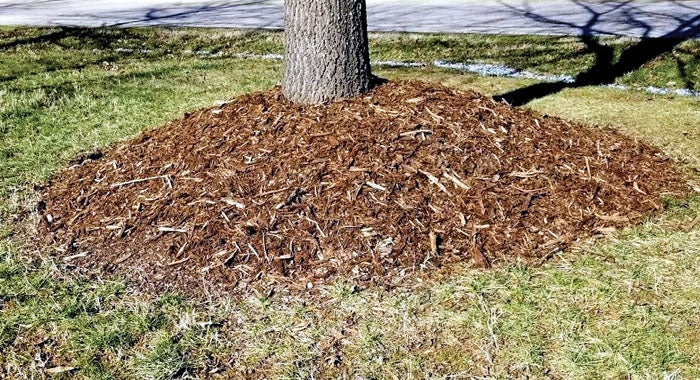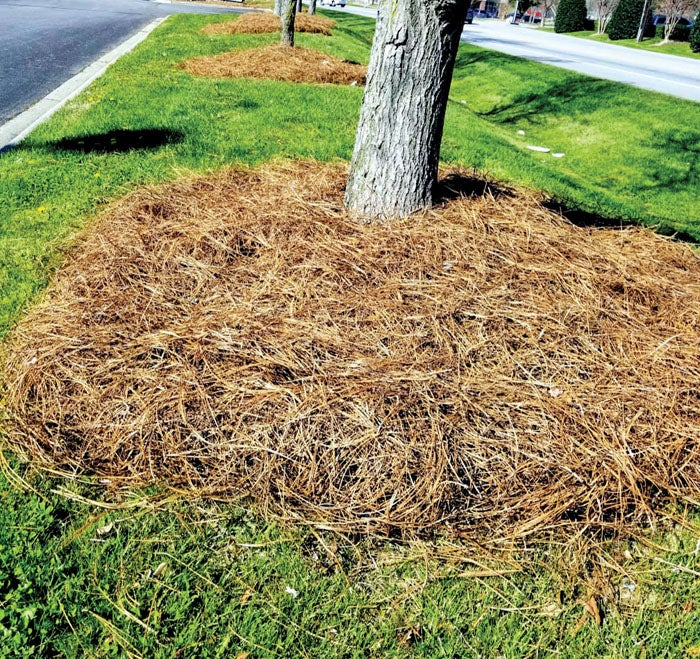Darrell Blackwelder: Adding mulch to a landscape
Published 12:00 am Saturday, June 17, 2023
Over the years, adding fresh mulch is an essential part of our landscape. Fresh mulch can turn a drab, lackluster landscape into a flowing master design in a matter of a few minutes. Below are some tips on adding mulch to your landscape plantings.
• Pine bark: Applications of 4-6 inches of pine bark or other mulches are recommended for trees and shrubs. Pull the mulch back 6 inches from the stems and trunks of trees. Excessive application of mulch (mulch volcanos) can result in the roots growing into the mulch and not in the soil. This can be a problem in poorly drained soils or during droughts. Excessive mulch also invites insect and fungal disease problems.
• Pine needles: There is a positive advantage using long leaf pine needles over other types of pine needles. Long leaf pine needles last longer than loblolly or shortleaf pine needles. The needles contain wax within the cell that gives the surface a shiny finish and keeps them from deteriorating over a long period of time.
• Plastic mulch in landscapes: Using black plastic mulch in landscapes around shrubs and trees to control weeds is not recommended. Water and oxygen penetration to the roots are withheld initiating stunted plant growth. Weeds such as bermuda grass and nutsedge eventually penetrate through plastic mulch becoming a nightmare to weed. Porous ground cloth allows sufficient water penetration and limits weed growth. However, weeds will eventually emerge through this material.
• Mulch will not control weeds: Mulch suppresses weed growth, but it is a viable method of control. Bermuda grass and other weeds will grow right through any mulching materials. Hard to kill weeds such as bermuda grass, nutsedge and others should be eliminated before applying mulch.
Darrell Blackwelder is the retired horticulture agent and director with the North Carolina Cooperative Extension Service in Rowan County. Contact him at deblackw@ncsu.edu.




